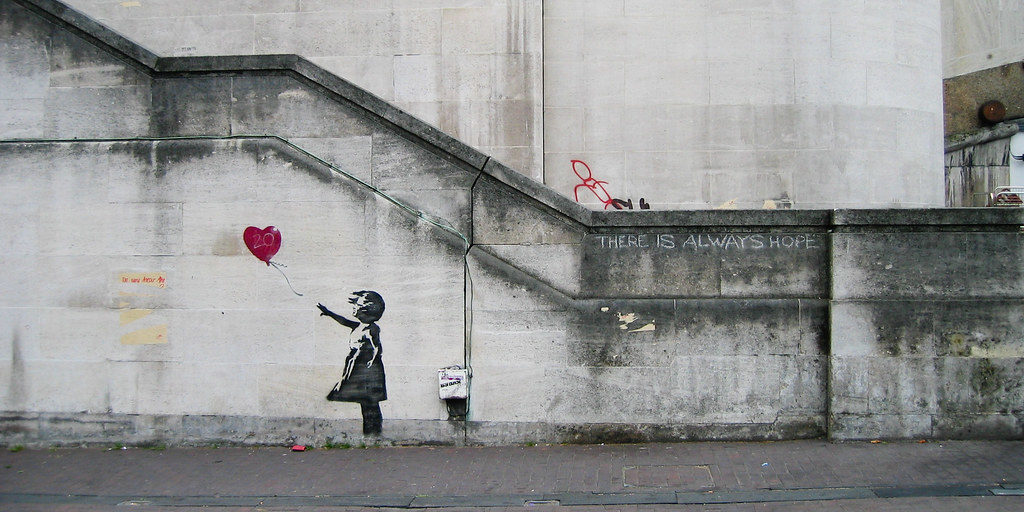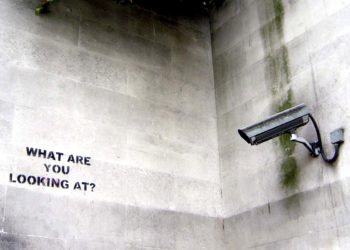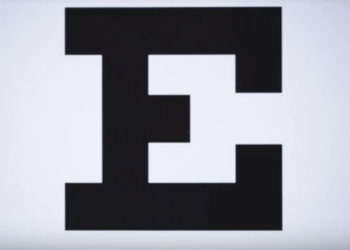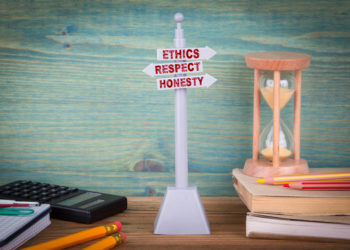Part of the appeal of the artist Banksy is his/her/their anonymity. Despite continuing announcements of Banksy’s identity being revealed, no one is really sure who Banksy is (and to further add to the confusion, a well-known time traveler recently hinted that she was — or maybe wasn’t — Banksy). Regardless, collectors of art by an anonymous creator face a difficult problem of authenticating any individual artwork. For a public piece of graffiti, Banksy’s official website will confirm or deny whether it was painted by the artist.

But how do you know that the print or painting you’re buying is the real deal? Gallery authenticity certificates can be as readily forged as paintings. So in 2009, Banksy launched Pest Control, a not-for-profit company to sell and authenticate artworks. Basically, you submit images of the print or artwork, and if it is deemed authentic, for £65, you receive a certificate of authenticity, which includes half of a “Di faced tenner”, a torn in half fake £10 note created by Banksy with Lady Diana’s face on it (an example can be seen here). The half-note has a handwritten ID number on it which can be matched to the other half of the note held by Pest Control.
This offers a fairly clever authentication system:
The tear is what uniquely separates the private key, the half of the note kept secret under lock and key at Pest Control, with the public key. The public key is the half of the note attached to the authentication certificate which gets passed on with the print, and allows its authenticity to be easily verified.
We have no idea what has been written on Pest Control’s private half of the note. Which means it can’t be easily recreated, and that empowers Pest Control to keep the authoritative list of who currently owns each authenticated Banksy work.
Even if you could somehow duplicate the exact tear in the middle of the note, you still don’t have the private key held by Pest Control. When a work is sold, one submits a change of ownership request which requires an image of the authentication certificate. Further, Pest Control then contacts the person they have listed as the current owner of the work for confirmation.
It’s a smart piece of cryptographic engineering, although as one commenter points out, not all that original. Chirographs have been used to determine authenticity dating back to Medieval times. Sometimes, old ideas (even really old ideas) still have value.
Discussion
1 Thought on "Art Authentication: Banksy’s Chirograph System"
Every stage magician who knows the “torn corner” trick will smile at this brilliant idea.



